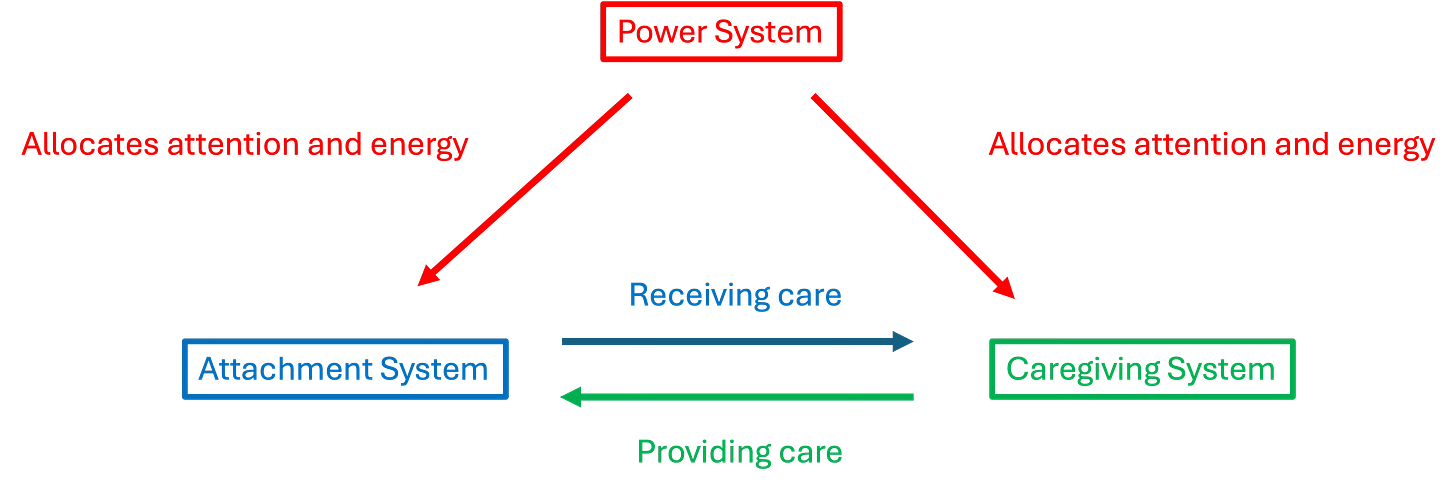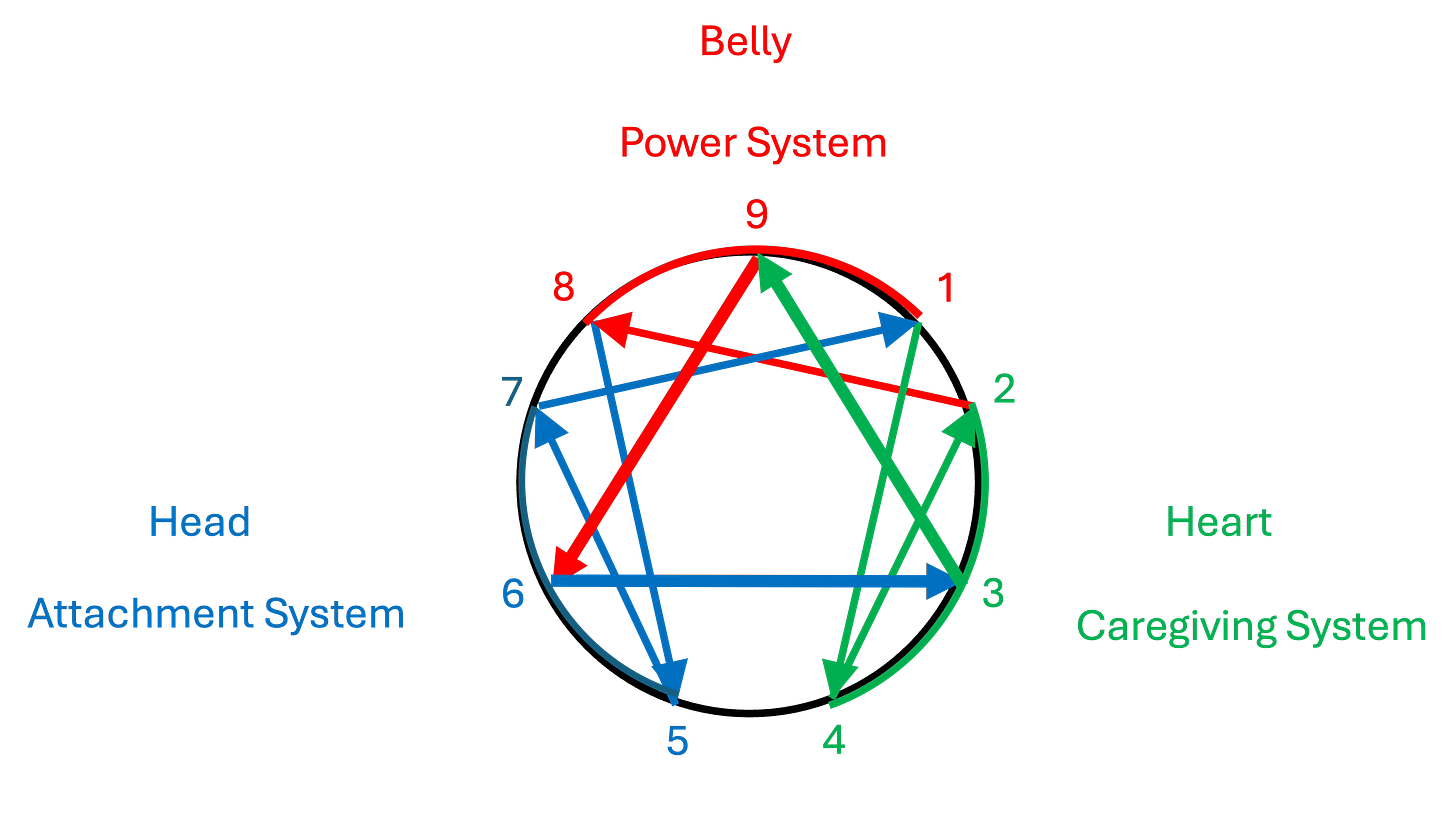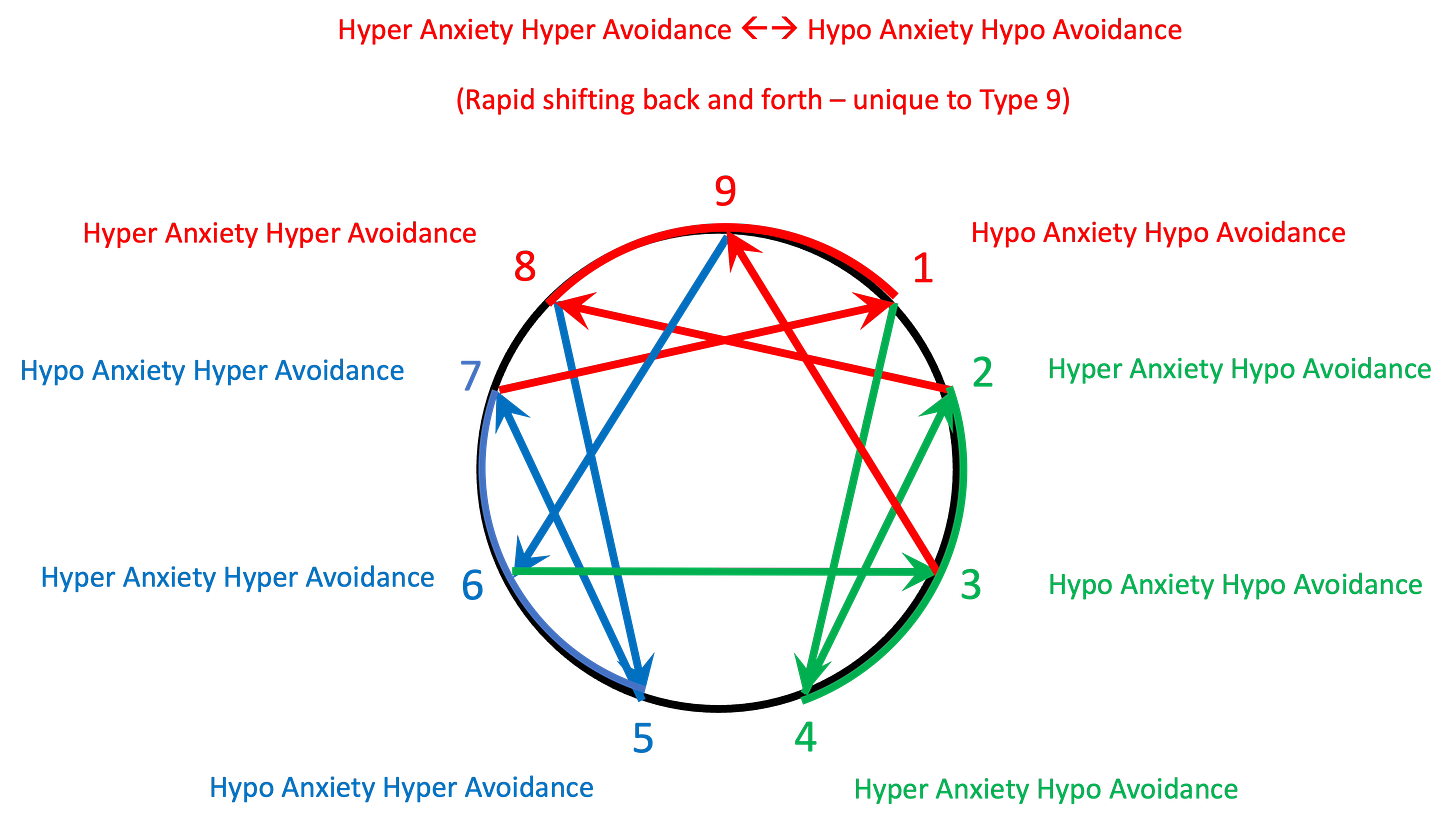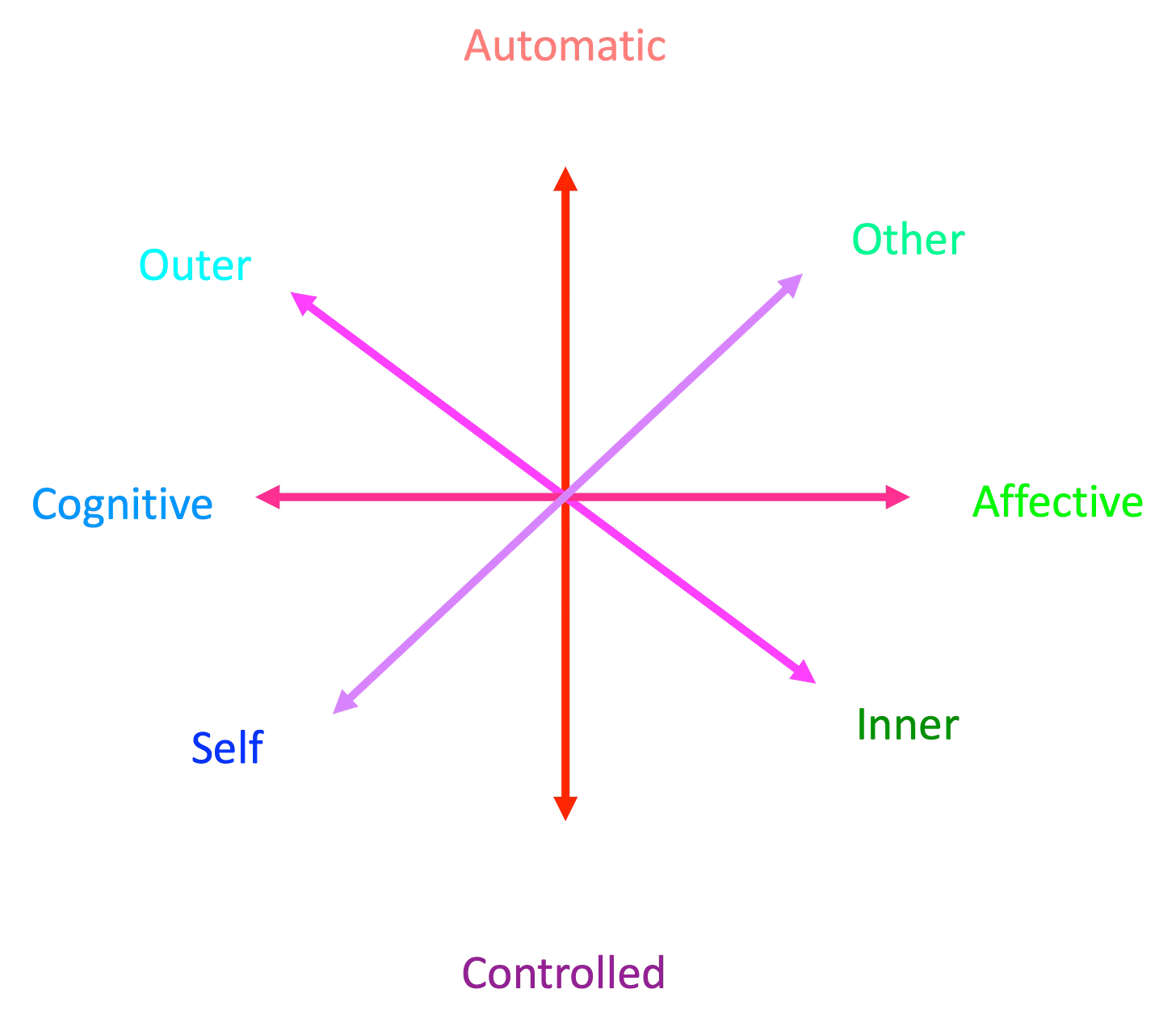Now that I have completed my review of the Enneagram center literature I am turning my attention towards developing and teaching a new version of the Enneagram, which I am calling the Reflective Function (RF) model. The RF model draws on everything that I have learned about the Enneagram over the past year of reviewing the Enneagram centers and it also updates what I learned in the course of my doctoral research investigating relationships between the Enneagram types and adult attachment styles. Finally, the RF model integrates theory and research from the relatively new clinical field of mentalization based therapy (MBT).
Below I am sharing a brief outline of my plan of work for the coming year.
The reflective function (RF) refers to the operationalization of the human capacity to mentalize.1 Duschinsky and Foster (2021) summarize mentalizing as, “a capacity to:
conceive of
and make available for reconsideration
the thoughts
and feelings
implicated in motivations and intentions
in order to account for and explain
the observable social behaviour
and present and past perceptual experience
of oneself
and others.”2
Although humans are born with the neurobiological underpinnings of mentalization, the ability to mentalize develops in the context of early attachment relationships. Similarly to how humans learn language by being spoken to, humans learn to mentalize by being mentalized, especially by attachment figures.
The RF model of the Enneagram integrates knowledge from three bodies of knowledge and research:
The traditional Enneagram typology provides qualitative descriptions of nine Enneagram types organized into three centers.
The traditional Enneagram typology includes a description of each type’s unique patterns of movement between (and for some types, within) the centers.3
Research on adult attachment processes provides a model of three closely related behavioral systems (attachment4, caregiving5, and power6) that are thought to have been shaped in response to evolutionary pressures on survival and reproduction.
Research has also shown that there are individual differences in styles of attachment7, caregiving8, and power9 associated with hyper- and hypo-activation of each system.
My doctoral research10 tentatively associated patterns of hyper- and hypo- activation of the attachment system with the nine Enneagram types
Research on mentalization processes provides a description of three forms of social imagination that develop sequentially in early childhood and become integrated by later childhood.11
Research on mentalization processes provides a description of four dimensions, or poles, of neurobiological activity that are thought to underpin the three forms of social imagination. 14
The capacity to fully mentalize self and others involves the ability to smoothly and appropriately shift attention between and along the four poles.
Summary
The RF model of the Enneagram is comprised of four components:
Four neurobiological poles that underpin three forms of social imagination
Three forms of social imagination that support three behavioral systems
Three behavioral systems; each behavioral system has three variations expressing differences in hyper- and hypo activation
Nine Enneagram types
Bateman, A., Fonagy, P., Campbell, C., Luten, P., & Debbané, M. (2023). Cambridge guide to mentalization-based treatment (MBT). Cambridge, UK: Cambridge University Press.
Duschinsky, R. & Foster, S. (2021). Mentalising and epistemic trust: The work of Peter Fonagy and colleagues at the Anna Freud Centre.
Palmer, H. (1988). The Enneagram: Understanding yourself and others in your life. San Francisco, CA: Harper Collins.
Mikulincer, M., & Shaver, P. R. (2007). Attachment in adulthood: Structure, dynamics, and change. The Guilford Press.
Shaver, P.R., Mikulincer, M. & Shemesh-Iron, M. (2010). A behavioral perspective on prosocial behavior. In M. Mikulincer & P.R. Shaver (Eds.), Prosocial motives, emotions, and behavior: The better angels of our nature (pp. 73 – 91). Washington, DC: American Psychological Association.
Shaver, P.R., Segev, M., & Mikulincer, M. (2011). “A behavioral systems perspective on power and aggression”. In P.R. Shaver & M. Mikulincer (Eds). Human aggression and violence: Causes, manifestations, and consequences (pp 71 -87). Washington, DC: American Psychological Association.
Mikulincer, M., & Shaver, P. R. ibid, 4.
Shaver, P.R., Mikulincer, M. & Shemesh-Iron, M., ibid, 5.
Shaver, P.R., Segev, M., & Mikulincer, M., ibid, 6.
Arthur, K. (2008). Attachment Styles and Enneagram Types: Development and Testing of an Integrated Typology for use in Marriage and Family Therapy. Doctoral dissertation. Virginia Tech.
Bateman, A., Fonagy, P., Campbell, C., Luten, P., & Debbané, M. (2023). Cambridge guide to mentalization-based treatment (MBT). Cambridge, UK: Cambridge University Press.
In Character and Neurosis (1994), Claudio Naranjo matched different Enneagram types with different personality disorders, writing that personality disorders could be understood, in a sense, as extreme versions of the Enneagram types.
Sharp, C. & Bevington, D. (2022). Mentalizing in psychotherapy: A guide for practioners. New York: The Guilford Press.
Bateman, A., Fonagy, P., Campbell, C., Luten, P., & Debbané, M., ibid, 1.






